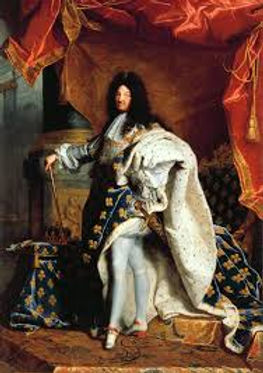ILLUSTRATION B
Periclean Athens
Pericles (495-429 BC)

A democratic Athens

Before Cleisthenes, the Areopagus composed of powerful noble families, ran the state. In 508 BC Cleisthenes reformed the government reducing the authority of the Areopagus, though it remained powerful. Ephialtes & later Pericles, stripped the Areopagus of its main political roles, dramatically reducing its power. Athens now had full democracy.
The wealthy classes did not disappear, but their power was limited; they shared fiscal & military offices but had no power of distribute privileges. The Athenian elite lived modestly & without great luxuries. In fact there were few great fortunes. Land ownership was not concentrated: 71–73% of the citizen population owned 60–65% of the land.
Athens was a small community both in terms of territory and population. In 431 BC its population is estimated to be between 300,000 & 350,000. The map below gives an idea of how small the city was.
The Assembly of the People

The Assembly was operated on the principle of free speech: the word of a poor person had the same worth as that of a rich man. It had a maximum number of 6,000 participants, met 40 times a year at the Pnyx, in sessions might last dawn to dusk. All laws were approved by majority in the Assembly, then the Council. The Council, consisting of 50 men from each of the 10 tribes, was chosen by lot; they examined & studied legal projects, supervised magistrates, oversaw daily administration & external affairs. They also met at the Pnyx.
All public offices that did not require a particular expertise were appointed by lot & not election; office was rotated so all members served. Allotment by lot was based on citizenship not merit or popularity (which could be bought). It was a way to prevent the corrupt purchase of votes & provided citizens political equality.
The permanent civil service was quite small. About 1100 citizens (including the council of 500) held office each year, most chosen by lot, with 100 elected. All offices had limited terms (e.g., a citizen could be a member of the Boule only twice & not in consecutive years). Citizens voting in the assembly were free of review or punishment. Officeholder could be impeached & removed by the assembly & competency was frequently voted on. Powers were precisely defined, officeholder initiatives were limited; they could impose no fine over 50 drachmas, anything more went before a court. Competence was less an issue then a man’s loyalty to Athenian democracy & part of the ethos of democracy was citizen engagement thru active involvement.
Ancien Regime
the Nobility

The French Ancien Regime was run by an exclusive set of families, aristocrats & nobility, about 2% of the population. In 1750 noble families numbered around 600,000 against a total population of 22 million; they owned 20% of the land & paid no taxes.

Louis XIV portrait by Hyacinthe Rigaud, 1701
At the top of this hierarchy was the king. France had an absolutist form of government; the king unilaterally issue lettres de cachet or decrees giving his officials orders.

Marriage of Louis of France, Duke of Burgundy to Princess Maria Adelaide of Savoy, Versailles 1697
The development of a centralized state was a significant achievement; key to this was the replacing of personal patronage organized around the king & nobles, with institutional systems constructed around the state. The regime was also successful in the collection of taxes (land & salt) and imposition of service on the nobility, both critical. It successfully weathered many crisis including the Wars of Religion (1562-98), internal dynastic disputes, and territorial expansion & wars in the 17th century. The nobility were controlled via the etiquette of the court and various protocols & codes.
Versailles

To enhance royal prestige, in 1682 Louis XIV proclaimed Versailles his principal residence & seat government, source of all royal patronage; he was able to give rooms in the palace to his courtiers & in this way kept close watch on the French aristocracy.
signing of the peace of Westphalia

The government was guided by talented ministers of states and diplomats, men, such as Cardinal Richelieu & Cardinal Mazarin, the latter who helped engineer the Peace of Westphalia (1646–48), ending the disastrous 30 Years’ War (1618-1638).